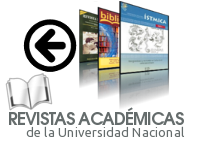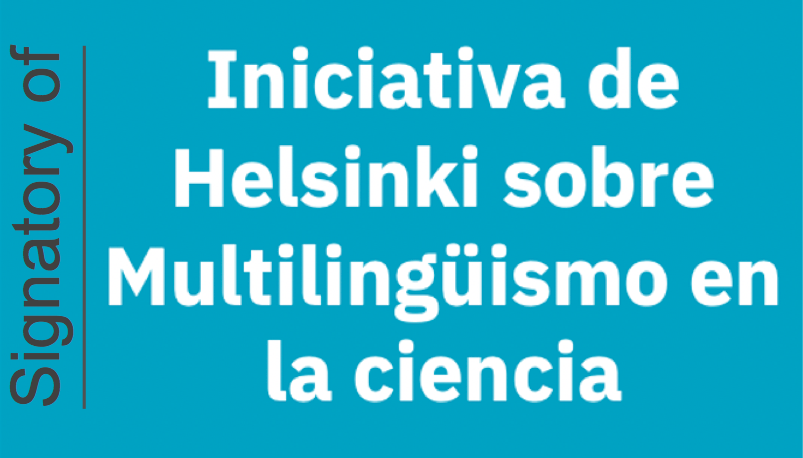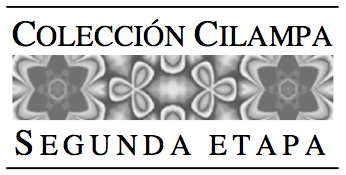The Eternal Return and Ricoeur’s Theory of Time in Faulkner’s The Sound and the Fury
DOI:
https://doi.org/10.15359/rl.2-54.2Palabras clave:
eterno retorno, teoría narrativa, temporalidad, narrativa estadounidense, eternal return, narrative theory, temporality, American narrativeResumen
Se analizan aspectos referidos al tratamiento del tiempo circular y recurrente en escritores estadounidenses e hispanoamericanos. Después de una amplia investigación sobre la historia del tiempo circular en filosofía y literatura, se procede con la puesta en práctica de la teoría narrativa de tiempo de Paul Ricoeur a la novela El sonido y la furia, de William Faulkner. Conforme a la teoría de Ricoeur, los lectores se mueven de manera circular en la narrativa, por lo que se comenta la circularidad del viaje imaginario y la linealidad de la búsqueda y su puesta en conjunto.
This article provides in-depth information concerning the treatment of time, as circular and recurrent rather than rectilinear and progressive, by most American and Latin American writers. After an overall view of research on the history of circular time in philosophy and literature, follows the application of Paul Ricoeur’s theory of narrative time to the novel The Sound and the Fury by William Faulkner. Ricoeur’s theory proposes that readers move backwards and forward in narrative time and this study shows how the circularity of the imaginary travel and the linearity of the quest as such are thus put together.
Descargas
Publicado
Cómo citar
Número
Sección
Licencia
Principios básicos:
a) Los autores conservarán los derechos de propiedad intelectual de sus aportes o artículos;
b) Cada autor deberá indicar expresamente que ese artículo lo entrega, en calidad de exclusividad, a la revista LETRAS; y
c) La revista Letras se reservará el derecho de autorizar para fines académicos no lucrativos la reproducción y uso de ese material por parte de terceros, siempre que éstos indiquen expresamente la procedencia del artículo. Todo ello se postula en concordancia con la normativa de "Creative Commons Atribution License", recomendada.

This work is licensed under a Creative Commons Attribution-NonCommercial-NoDerivs 3.0 Costa Rica License.















